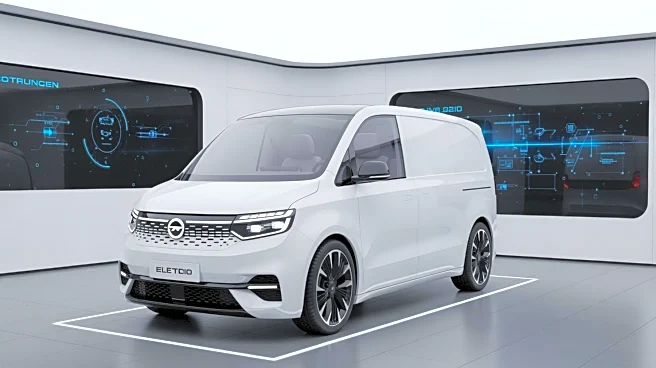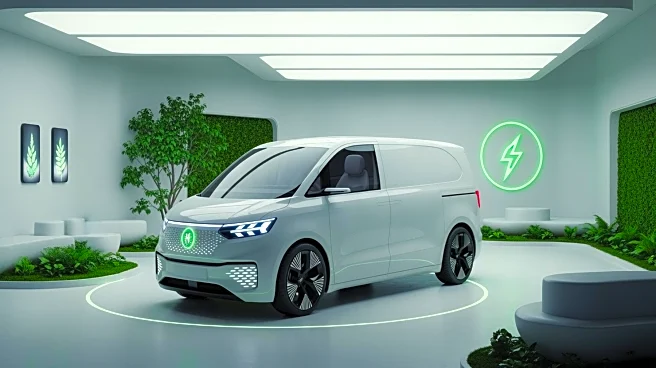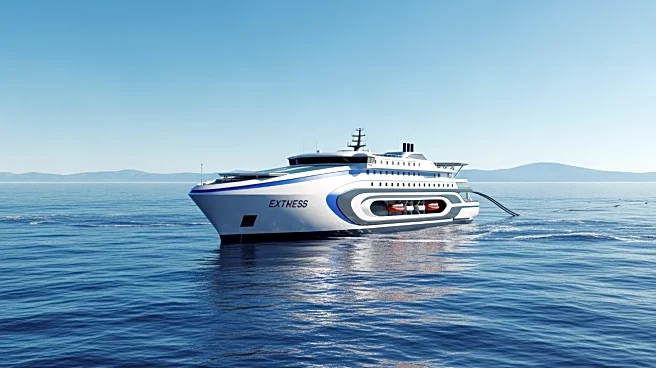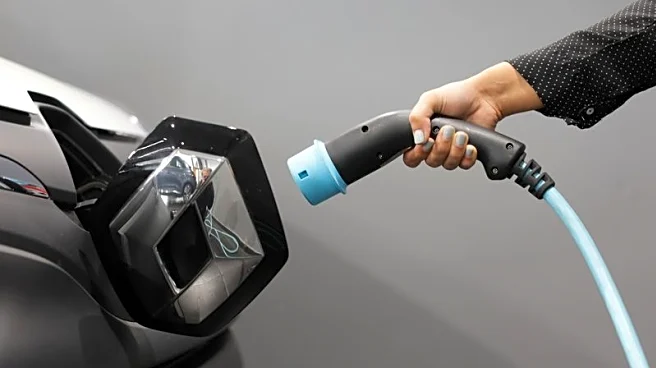What's Happening?
The European Automobile Manufacturers Association (ACEA) is advocating for a reduction in the CO2 target for vans by 2030, proposing a 30-35% reduction instead of the current 50%. This proposal includes
a five-year averaging period for emissions targets, which could significantly decrease the adoption of electric vans. Transport & Environment (T&E) warns that such measures could halve the expected uptake of electric vans by 2030, leading to increased CO2 emissions and air pollution. Despite these industry calls, the European Commission is urged to maintain stringent CO2 targets to ensure the growth of the electric van market.
Why It's Important?
The push to weaken CO2 targets for vans has broader implications for Europe's climate goals and the automotive industry. Reducing the adoption of electric vans could hinder efforts to decrease emissions and combat climate change. It could also impact the competitiveness of European automakers in the growing electric vehicle market. Maintaining strong CO2 targets is crucial for encouraging innovation and investment in electric vehicle technology, which is expected to become more cost-effective as battery prices drop. The decision will affect not only environmental outcomes but also economic factors, such as job creation in the green technology sector.
What's Next?
The European Commission is expected to review and potentially revise CO2 targets for vans, balancing industry concerns with environmental objectives. Policymakers may consider additional incentives for electric van adoption, such as subsidies and infrastructure development for charging stations. The outcome of this policy debate will influence the strategic direction of the automotive industry in Europe and its alignment with broader climate goals. Stakeholders, including environmental groups and industry representatives, will likely continue to lobby for their respective interests as the decision-making process unfolds.













